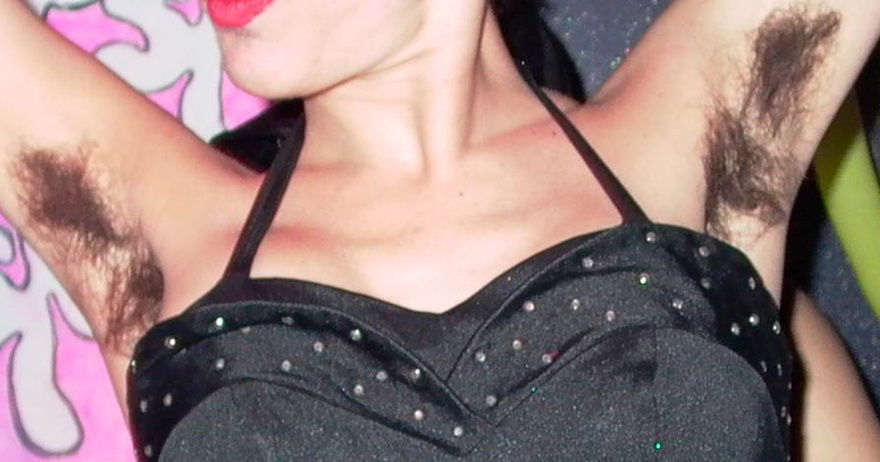A powerful and provocative photo series is flipping the script on female beauty standards and challenging women to put down their razors and pick up a new…

A powerful and provocative photo series is flipping the script on female beauty standards and challenging women to put down their razors and pick up a new accessory: natural armpit hair.
Long before razors, lasers, and waxing strips became everyday items in beauty routines, hair removal was already a deeply rooted practice.
In fact, the journey goes as far back as the Stone Age when both men and women used primitive tools – like seashells and sharpened stones – to scrape hair from their bodies.
‘Primitive ancestry’
Thousands of years later, Charles Darwin’s theory of natural selection introduced a new lens: fur loss attributed to sexual selection.
According to Darwin, the less body hair one had, the more “evolved” they appeared. This pseudo-scientific rationale gave hairlessness a new kind of social currency – sexual attractiveness and evolutionary advancement.

Being hairless became a sign of progress and desirability.
Feminine duty
By the 1900s, the idea that being hairless was a feminine duty was firmly cemented in society. Body hair became shameful, a flaw to be corrected rather than a natural state to be accepted.
“It’s been deeply stigmatized – it still is – and cast with shame,” Heather Widdows, author of “Perfect Me: Beauty as an Ethical Ideal,” told CNN. “Today, most women feel like they have to shave. Like they have no other option. There’s something deeply fraught about that – though perceptions are slowly changing.”
‘Very masculine’
Now, after centuries of “brainwashing,” women are flipping the script, rejecting long-held beauty standards that equated femininity with flawlessness – and hairlessness.
“The armpit hair is considered to be very disgusting, non-hygienic, repulsive, grotesque, very masculine,” London-based photographer Ben Hopper told Bored Panda.
Speaking of using his work to present women unfiltered, the photographer explained he wanted to explore why hairy armpits of females are “such a taboo.”
“And I was also interested to explore the concept of how we perceive beauty in popular culture. [When] you look at fashion and film industries, you have a very, very specific kind of beauty standards for women.”